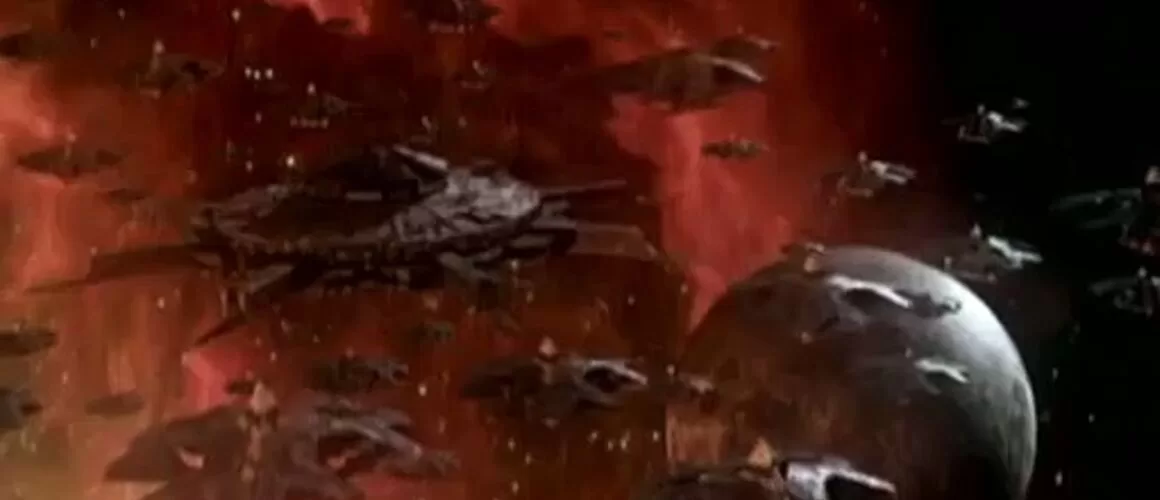But the mistake was general. Today, almost 20 years later, reggaeton took over the musical world with Daddy Yankee at the helm and a large number of exponents that have the names of various Colombians, including Karol G, Maluma and J Balvin.
In addition to Yankee, from Puerto Rico there are names like Ivy Queen, Tego Calderón, Don Omar, Nicky Yam and Wisin y Yandel, among others, who were born in popular and marginal neighborhoods.
However, for Rodney Sebastián Clark Donalds, a Panamanian broadcaster and DJ, reggaeton comes from this Central American country.
Known as El Chombo, he affirms that “the rhythmic base of reggaeton that we know today comes from reggae in Panamanian Spanish.”
According to the BBC, “That genre became popular in Puerto Rico at the beginning of the 90s, when the interpreter of ‘Gasolina’ and the other artists experimented with hip hop and reggaeton still had no name.
Maluma at the Met Gala 2023
In this geographical space, which was controlled by the United States between 1903 and 1979, “100,000 Jamaican immigrants and other Caribbean islands arrived. In 1979, when the Canal and its lands passed into the hands of Panama, many of these migrants were left without work, so they had to move to other areas of Panamanian territory.
And “in the neighborhood of Río Abajo, in Panama City, young people of Caribbean descent who had lived in the Canal zone began to translate songs from the dancehall, a Jamaican music genre that originated from reggaeinto Spanish and patois, a dialect of the Caribbean island derived from English and various African languages.
El Chombo says that there are three artists that he considers “transcendental for what later became reggaeton: Leonardo Renato Audler (1961), Edgardo ‘El General’ Franco (1969) and Fernando ‘Nando Boom’ Browm (1970). The rhythmic base of 85% of reggaeton, not to say 100%, because there are exceptions, derives from the rhythmic patterns of dancehall”, he maintains.
These Panamanians decided to record cassettes and sell them “to the drivers of the Diablos Rojos, buses of American origin that became a popular private transportation system in Panama in the 1970s. They were known for their drivers not having a clear route and driving recklessly.” In their buses they carried powerful sound equipment and at full volume.
His music became famous, because it was what the users of these buses heard. Even, as in the vallenato, the conductors asked the singers for personalized songs and the cassettes were also bought by the bus passengers.
The rest is history. Today, not only singers but composers, producers shine with their own light, and around reggaeton there is a whole culture that produces millions of dollars every year.



